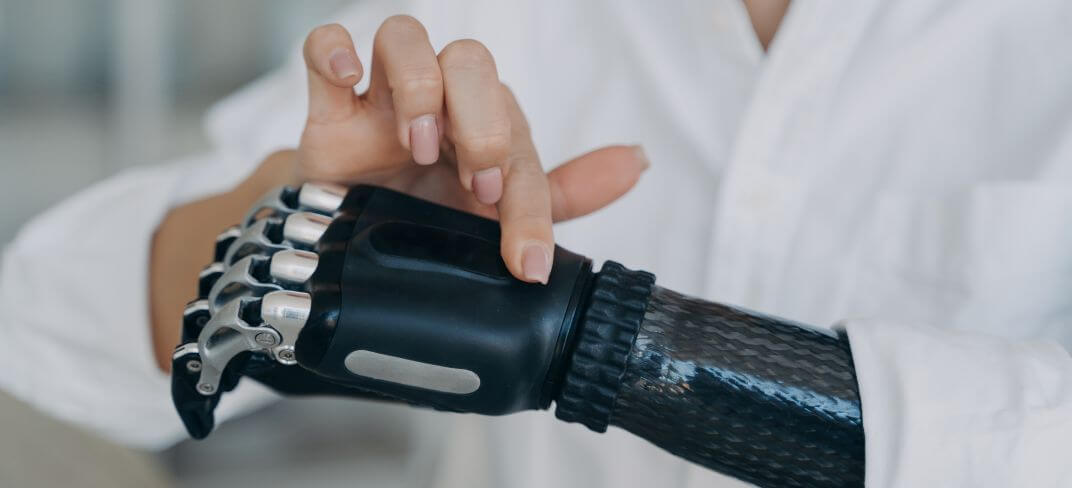
New Brain-Computer Interface for More Realistic Prosthetic Limbs
28 February 2025
Scientists at the Rehab Neural Engineering Labs of the University of Pittsburgh have been at the forefront of developing an innovative brain-computer interface (BCI) technology that enables individuals to perceive the shape and movement of objects on the "skin" of a bionic hand. This breakthrough in neuroprosthetics marks a significant step toward creating prosthetic limbs capable of delivering more realistic tactile sensations through precisely synchronized electrical stimulations controlled by the brain.
Advancements in Neuroprosthetic Technology
Two new studies, published in Nature Biomedical Engineering and Science, document progress in a technology designed to recreate realistic tactile feedback in prosthetic hands. The studies focus on how precise electrical stimulations can generate natural tactile sensations. The research team, led by the University of Chicago and including members from Northwestern University, Case Western Reserve University, and Blackrock Neurotech, is designing and developing BCI devices and robotic prosthetic arms to restore both motor control and sensory perception to individuals who have lost limb functionality.
Research Approach and Innovations
The research group adopted an innovative approach: implanting small electrode arrays in the brain areas responsible for hand movement and touch. On one side, these arrays allow users to move the robotic arm simply by thinking about the movement. On the other, sensors implanted in the bionic arm stimulate brain activity, generating tactile sensations on the "skin" of the prosthetic hand.
The Studies
Last December, a study published in Nature Biomedical Engineering focused on the stability of electrically induced tactile sensations, emphasizing the ability to precisely locate the point of stimulation. The findings showed that stimulating two nearby electrodes created a stronger and clearer sense of touch, enhancing the ability to localize and feel pressure on the correct part of the hand. Researchers also confirmed that a single electrode could generate consistent and localized sensations, crucial for achieving more precise tactile feedback.
A complementary study, published in Science, made further advancements in making tactile sensations more natural and intuitive. By coordinating pairs of electrodes with overlapping "touch zones," the researchers recreated dynamic sensations that developed along a sensory map. This allowed users to perceive the contours of an object or the motion of something sliding across the skin, elevating tactile feedback to a new level of realism.
Toward More Sophisticated Prosthetics
These advancements represent an important step toward bringing bionic perception closer to natural sensation. Scientists hope that, with continuous improvement in electrode design and surgical techniques, the sensory coverage of bionic hands will become even more sophisticated, enabling more realistic perception. This will bring prosthetics closer to the capabilities of natural human touch, enhancing interaction with everyday objects and responding to sensory stimuli in a more natural and secure way.
Read the press release: Brain-Computer Interface Makes Prosthetic Limbs Feel More Real